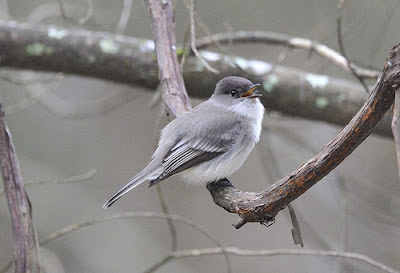As some of you may know, this July 23-29 will be the first
National Moth Week in North America. Hopefully this will become an annual event, with participation from around the continent. There are over 10,0o0 species in North America. Many are not well documented, either in their life histories or for their range, and more may remain to be discovered. Some moths are true pests, of clothing, of stored food, or of agriculture, but most are benign, or even beneficial. Moths, and particularly their caterpillars, are an important food source for birds as they migrate and raise their young. Caterpillars may keep plants from proliferating too quickly, and some species help break down leaf litter. Some adult moths, particularly sphinx moths, pollinate plants. Within those 10,000 species there is a tremendous diversity of size, shape, and pattern. Moths range in size from tiny micromoths to large silk moths that could almost fill an adult's hand. Many moths are drab shades of gray and brown, but some are quite colorful, and even the drab ones may show intricate patterns when viewed up close.
I have signed on as a supporter of National Moth Week, which means that I will posting occasional notices and reminders about upcoming events in the next few months. Plus there will be a linked logo over in the right-hand column.
On a related topic, yesterday evening I received a copy of the brand new
Peterson Field Guide to Moths of Northeastern North America by David Beadle and Seabrooke Leckie. This is the long-awaited replacement for the venerable guide by Charles Covell, which has been out-of-print for years. I will try to post a review as soon as possible. If you are in central New Jersey, there will be an opportunity to meet one of the authors, Seabrooke Leckie,
at a moth night in East Brunswick on May 10. If you live too far away for that event, you can see her other book tour stops
here.











































